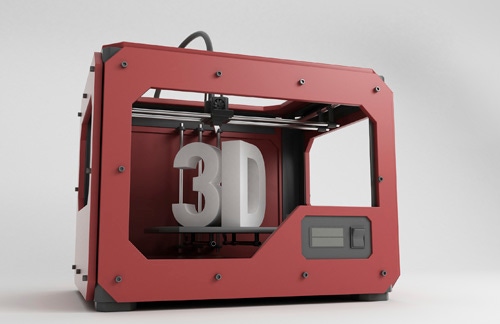A regulatory expert believes that using current regulatory pathways is not the best way to bring novel 3-D printed devices into the market.
October 30, 2014

Oxford Peformance Materials has received two 510(k) clearances for its novel and groundbreaking 3-D printed facial and cranial implants in the last 20 months.
But a regulatory expert who is also a consultant for the FDA declared that he believes that the 510(k) pathway is not appropriate for meddical devices made using 3-D printing because they are so unique.
"In my opinion, that's the totally wrong direction for a whole bunch of reasons," said Michael Drues, at MD&M Minneapolis, a conference and tradeshow, on Wednesday. "It simply doesn't make sense to apply our current regulatory structure - 510(k), PMA, de novo, HDE, whatever it is to personalized medicine for drugs and personalized medicine for medical devices."
He noted that the today's regulatory model has been designed for the "blockbuster approach" because when millions of medical devices and drugs are being made, it is entirely appropriate to test a portion of them.
"But when you are printing a medical device for one patient or you are printing one pill for one patient - the intended patient population is one - what does a clinical trial even look like?" Drues, president at Vascular Sciences, a consulting firm offering business development, education and training among other services, contended.
The answer, Drues believes, lies in what medtech engineers do everyday - validation.
"One way is to validate a product and that's the way clinical trials are done today, but the other way is we can validate the process, and that's the solution to the clinical trial dilemma here," he declared. "The closest thing that we have to a suitable regulatory pathway for personalized medicine of medical devices is the custom device exemption - or CDE."
Drues believe that the CDE will emerge to be the most commonly used regulatory pathway in the future.
However, while that may work now when 3-D printing is in its infancy and is being used in small production scenarios, the regulatory challenge is steeper when the technology is able to scale and is used in mass manufacturing
Meanwhile, the FDA is trying to manage these new questions as it designs a comprehensive policy toward 3-D printing. Earlier this month, the agency held a two-day workshop on 3-D printing. Details and a webcast of that meeting are available here.
[Photo Credit: iStockphoto.com user mailfor]
-- By Arundhati Parmar, Senior Editor, MD+DI
[email protected]
You May Also Like


